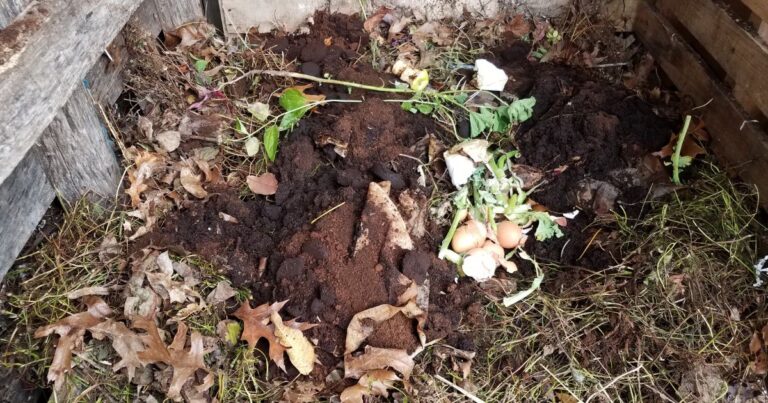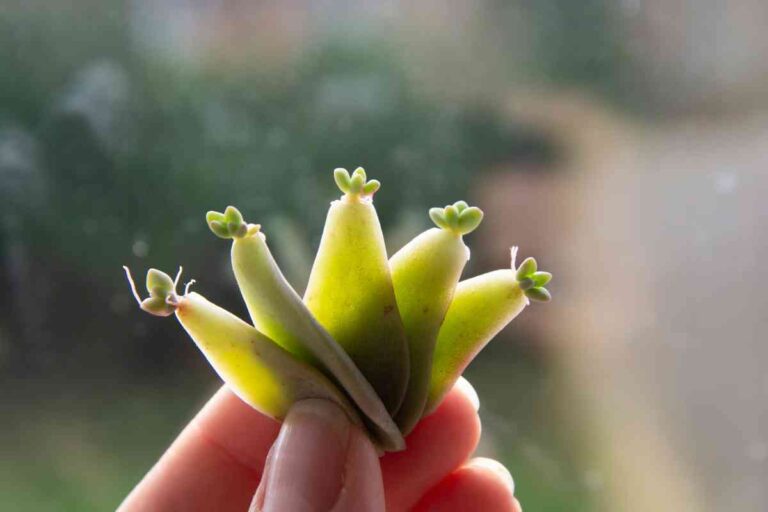20 ft Evergreen Trees: A Comprehensive Guide for Gardeners

Evergreen trees are a popular choice for many homeowners and landscapers due to their year-round beauty and low maintenance requirements. These trees retain their leaves throughout the seasons, providing continuous color and privacy even during the winter months. One category of evergreen trees that has gained particular interest is the 20 ft evergreen trees. These medium-sized trees are perfect for small yards and gardens where space might be limited, while still offering the benefits of a larger tree.
There are numerous varieties of 20 ft evergreen trees, each with unique characteristics and appearances. Some of these trees produce vibrant foliage, whereas others offer visually striking bark or interesting shapes. This diverse selection allows homeowners and landscapers to choose the perfect tree that aligns with their aesthetic preferences and specific needs. Furthermore, these evergreen trees are typically hardy and adaptable, tolerating a range of soil types and weather conditions.
Proper care and maintenance are essential for keeping your 20 ft evergreen tree healthy and thriving. While these trees are generally low maintenance, it is important to provide them with the right growing conditions, such as appropriate sunlight, soil, and moisture levels. Regular pruning can also help promote healthy growth and maintain an attractive shape.
Key Takeaways
- 20 ft evergreen trees provide year-round beauty and privacy for smaller yards and gardens.
- Numerous varieties offer diverse appearances and characteristics to suit individual preferences.
- Proper care, including appropriate sunlight, soil, and moisture, is essential to maintain a healthy and thriving tree.
Types and Characteristics

In this section, we will discuss the types and characteristics of three popular 20 ft evergreen trees, which can be ideal for different landscape needs and preferences. These trees can provide shade, privacy, and add aesthetic appeal to your garden all year round.
Arborvitae
Arborvitae (Thuja spp.) is an evergreen tree known for its dense foliage and ability to create an effective privacy screen. It is durable and can grow in various soil types, making it suitable for planting in most garden environments.
- Foliage: They have scale-like leaves that create a rich green color and are typically arranged in a pyramidal shape, providing a pleasing appearance.
- Hardiness: Different Arborvitae species can tolerate various growing zones. For example, Thuja occidentalis is hardy in zones 2-7, while Thuja Green Giant thrives in zones 5-9.
- Growth rate: Most Arborvitaes are fast-growing, making them great for establishing a quick privacy screen, hedge, or windbreak.
- Watering and drought tolerance: Arborvitae has average water needs, should be watered moderately in the summer, and is somewhat drought-tolerant.
Juniper
Junipers (Juniperus spp.) are another popular choice for evergreen trees with attractive foliage and a variety of forms, ranging from upright trees to low-growing shrubs. Their resilience and adaptability make them suitable for different landscape needs.
- Foliage: Juniper trees have needle-like or scale-like leaves that can be green, blue, or even silvery in color, making them a diverse and eye-catching option.
- Size: Junipers can vary greatly in size, with some species reaching heights of 20 ft or more, such as the Eastern Red Cedar (Juniperus virginiana).
- Drought tolerance: Junipers are known for their drought tolerance, requiring minimal watering once established. They can grow well in hot and dry conditions.
- Wildlife: Juniper trees can provide food and shelter for birds and wildlife, as they often produce small cones or berries.
Holly
Holly (Ilex spp.) is a versatile evergreen tree that can range in size, offering both privacy and visual interest in your garden. Their striking foliage and bright red berries make them favorites for winter landscapes.
- Foliage: Holly trees have broadleaf evergreen foliage and may exhibit varying shades of green. The bold, glossy leaves create a vibrant and dense appearance.
- Flowers and berries: Holly trees can produce small flowers and vibrant red berries that attract birds and other wildlife.
- Growing conditions: Different Holly species are hardy in a range of zones, with some such as Nellie Stevens Holly (Ilex x ‘Nellie R. Stevens’) tolerating zones 6-9.
- Pruning: Holly trees can be pruned to maintain a desired shape and size, making them suitable for hedges, privacy screens, or even as standalone focal points.
In conclusion, Arborvitae, Juniper, and Holly trees offer diverse options in terms of foliage, colors, size, and adaptability to different environments. Each provides something unique, be it privacy, shade, or visual interest, making them excellent choices for enhancing your garden throughout the year.
Care and Maintenance
Caring for and maintaining 20 ft evergreen trees involves several crucial steps to ensure their health and longevity. In this section, we will discuss various aspects, such as watering, mulching, pruning, soil types, planting, and new growth management.
Watering is essential for the well-being of evergreen trees. We recommend regular and deep watering, particularly during dry spells or periods of drought, to keep the tree’s roots moist. However, avoid overwatering as this may cause root rot. Monitoring soil moisture will help you determine when to water the tree.
Mulching is another vital aspect of evergreen tree care. Applying a 2 to 4-inch layer of organic mulch, such as wood chips or shredded bark, around the base of the tree will help conserve moisture and regulate soil temperature. Be sure to keep the mulch a few inches away from the trunk to avoid rot and pests.
Pruning is necessary to maintain the tree’s shape and remove dead or damaged branches. For most evergreen trees, the best time for pruning is in late winter or early spring, before the onset of new growth. However, be cautious not to over-prune, as this can stress the tree and reduce its vigor.
Choosing the appropriate soil type is crucial for the growth and health of your evergreen tree. Generally, these trees prefer well-draining soil that is slightly acidic to neutral. Conducting a soil test before planting will help determine if any amendments are necessary.
When planting a new 20 ft evergreen tree, select a location with enough space for the tree to reach its mature size. Dig a hole about twice the width of the root ball and deep enough so that the top of the root ball is level with the ground. Gently place the tree in the hole, backfill with soil, and water thoroughly to settle the soil and eliminate air pockets.
Lastly, managing new growth is vital to maintain the tree’s health and appearance. Ensure that the tree receives adequate sunlight and nutrients by fertilizing it according to the specific tree species’ needs. Regularly inspect the tree for pests or diseases to address any issues promptly and prevent further damage.
By following these care and maintenance guidelines, we can help our 20 ft evergreen trees thrive, providing years of beauty and enjoyment.



